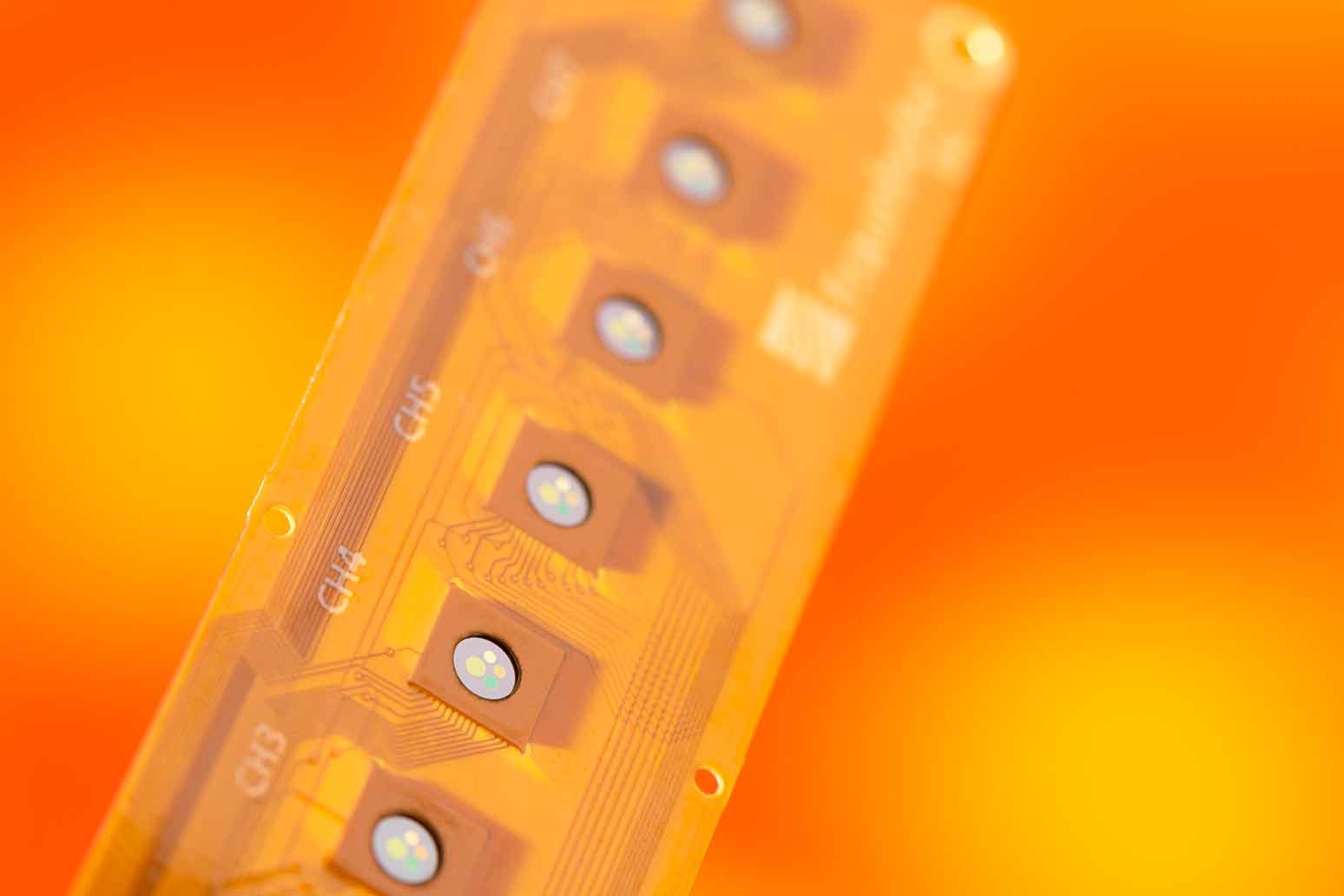A birth is a miracle of nature - but also a highly vulnerable stage in the lives of mother and baby. In the EU project Newlife, researchers from 6 European countries are jointly working on innovative sensor-based monitoring solutions to ensure the well-being of mother and child during pregnancy as well as during and after birth. The aim is to digitally revolutionize paediatric and childbirth care.
Sensor solutions for safe pregnancy and birth
Project NEWLIFE

In the project, 25 partners from research and industry, including Fraunhofer EMFT, are developing innovative digital health solutions for remote screening and the early detection of risk factors during pregnancy, during and after birth. With the help of digital platforms, wearables and suitable applications and services, users can proactively protect their health. At the same time, this health ecosystem will support medical professionals in taking targeted preventative measures.
The researchers are pursuing their development goals using five specific application scenarios for hospitals and the home environment: a pregnancy and parenting assistant for support during pregnancy and after birth, smart clothing for early detection of possible complications during pregnancy, special ultrasound patches for monitoring the foetus in high-risk pregnancies, smart clothing for monitoring the health of newborns and sensors in the crib for monitoring the well-being of babies.

The focus of the Fraunhofer EMFT research team in the project is on the development of a micropump and its integration into an ultrasound patch. The patch combines constant monitoring of the fetus' heartbeat with continuous real-time imaging. The micropump generates a defined negative pressure that makes it possible to attach the patch to the abdomen - without any adhesives.
The Munich researchers are also working on pH sensors which are integrated into a flexible film. They are designed to measure the pH value of pregnant women's vaginal discharge in order to predict the date of delivery as accurately as possible.
The third aspect involves the development of a capacitive pressure-sensitive mattress using the institute's own roll-to-roll lithography pilot line. The mattress detects the baby's movement and position at all times and is used for remote monitoring of high-risk babies at home and in hospital, using several non-invasive sensor technologies, e.g. for vital signs. The 1 m long pressure mattress will be fully flexible and have a thickness of less than 5 mm.
In order to fully benefit from the potential of the developed technologies, the project partners also want to use artificial intelligence (AI) and machine learning (ML). The goal is the realized solutions to demonstrate appropriate data integration, security and medical qualification, in order to be able to seamlessly integrate them into clinical workflows.
The project is funded by the European research program KDT Joint Undertaking (JU) under the funding number 101095792.